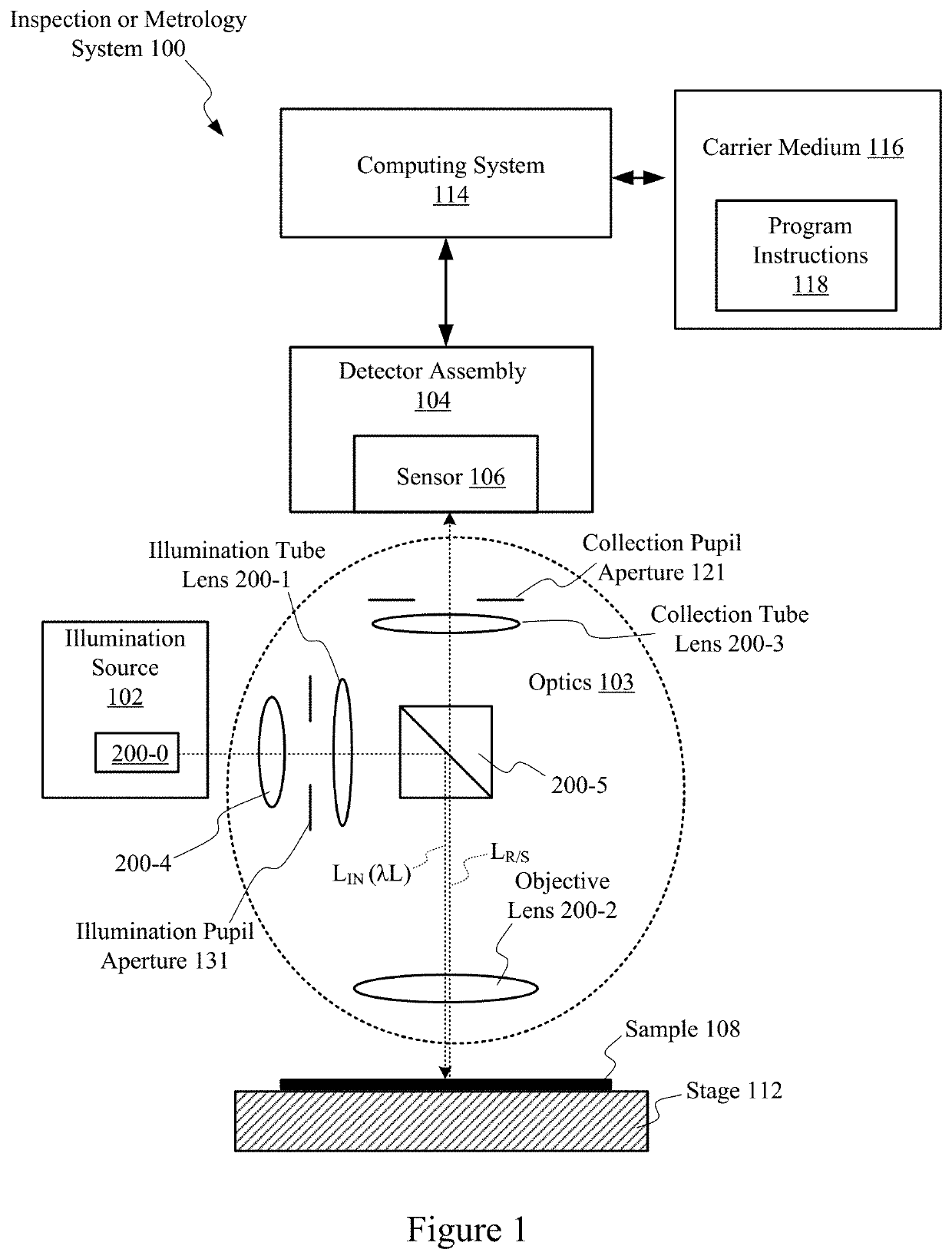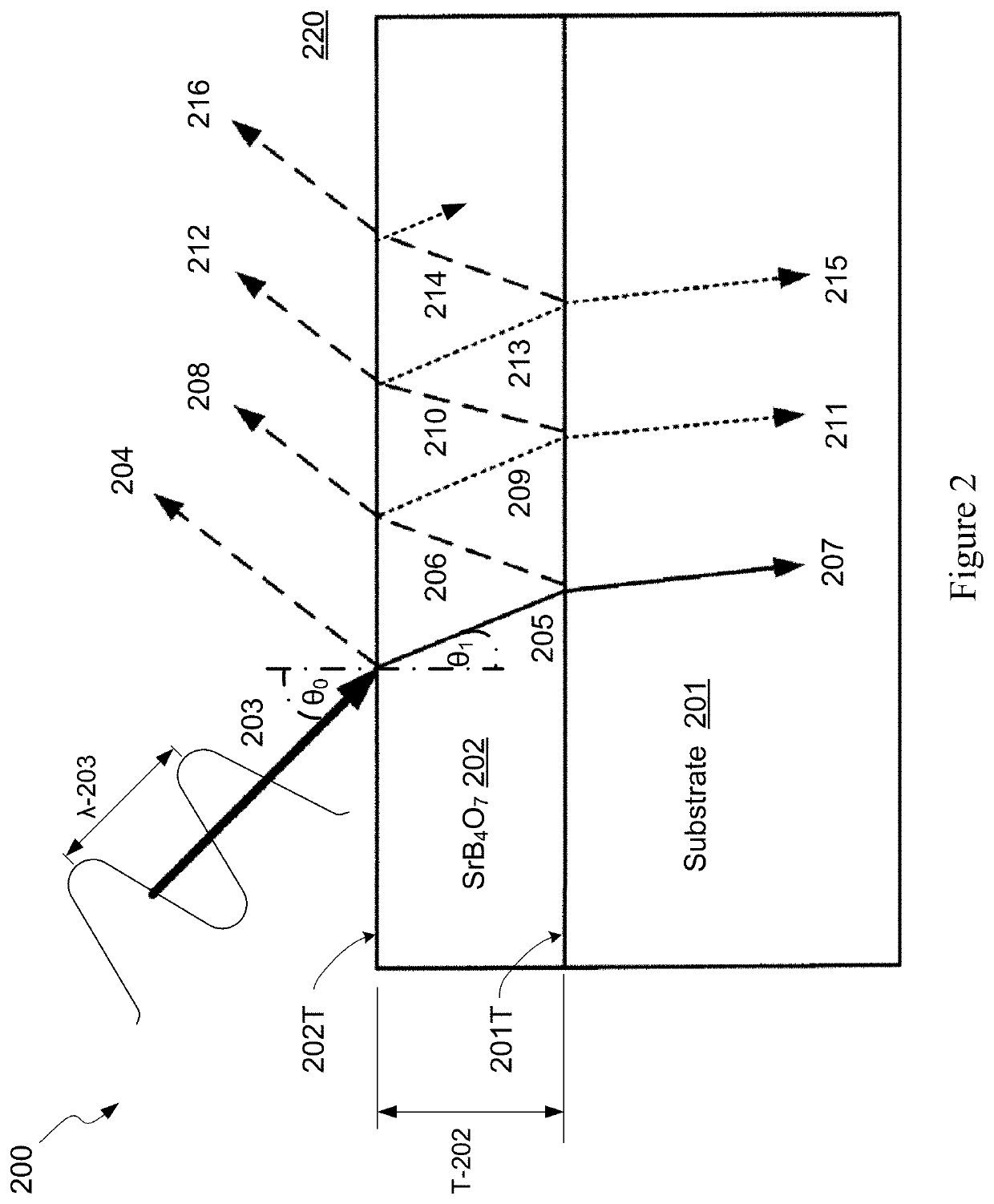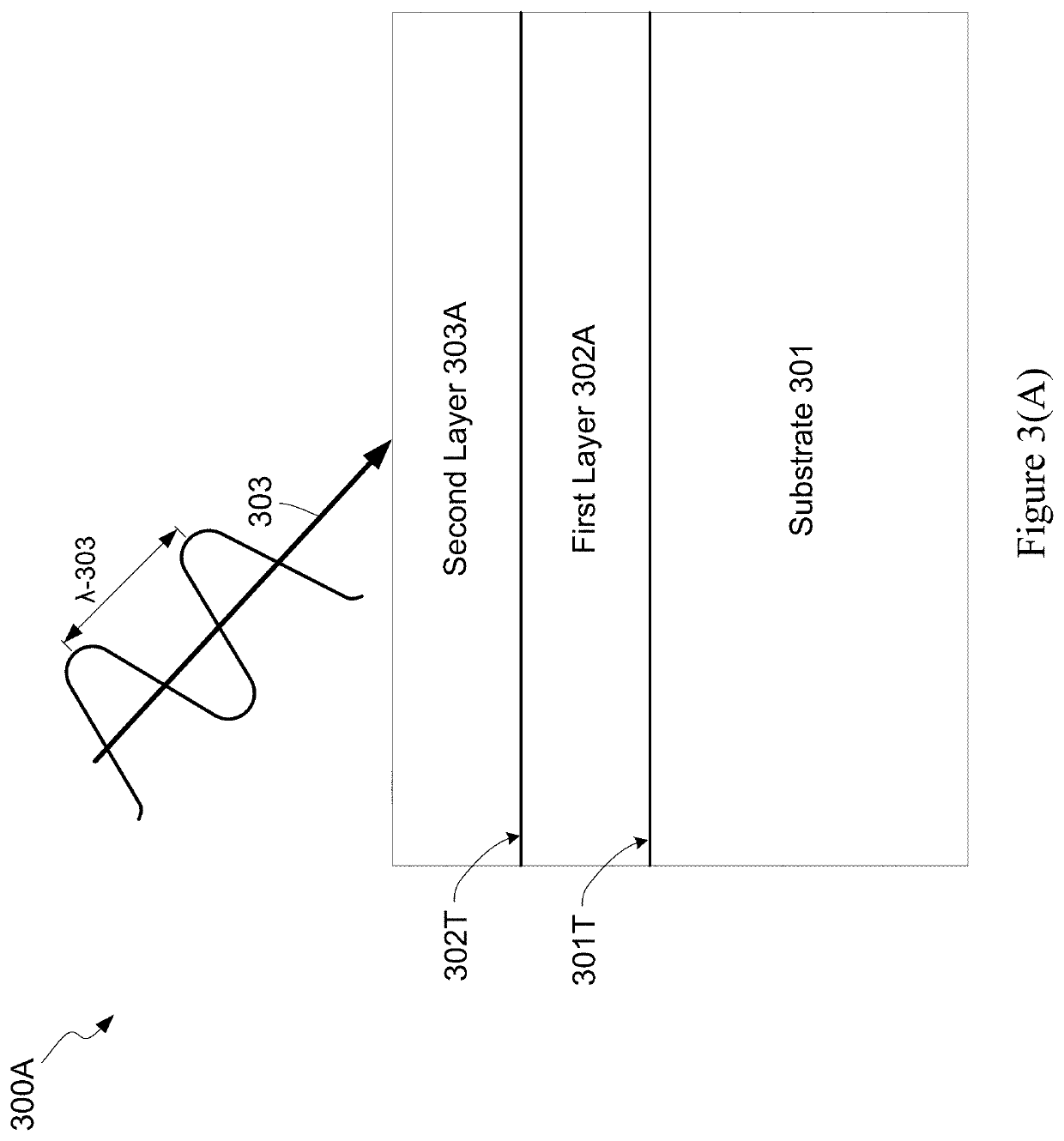Strontium tetraborate as optical coating material
a technology of strontium tetraborate and optical coating, which is applied in the field of optical coating materials, can solve the problems of inability to stabilize as time goes by, difficulty in generating srb4o7 layer mechanical properties, and difficulty in generating srb4o7 layer, etc., to facilitate the generation of improved frequency conversion crystals, slow or stop diffusion
- Summary
- Abstract
- Description
- Claims
- Application Information
AI Technical Summary
Benefits of technology
Problems solved by technology
Method used
Image
Examples
Embodiment Construction
[0026]Although the claimed subject matter will be described in terms of certain embodiments, other embodiments, including embodiments that do not provide all of the benefits and features set forth herein, are also within the scope of this disclosure. Various structural, logical, process step, and electronic changes may be made without departing from the scope of the disclosure. Accordingly, the scope of the disclosure is defined only by reference to the appended claims.
[0027]The following description is presented to enable one of ordinary skill in the art to make and use the disclosure as provided in the context of a particular application and its requirements. As used herein, directional terms such as “top,”“bottom,”“over,”“under,”“upper,”“upward,”“lower,”“down,” and “downward” are intended to provide relative positions for purposes of description and are not intended to designate an absolute frame of reference. Various modifications to the preferred embodiment will be apparent to ...
PUM
| Property | Measurement | Unit |
|---|---|---|
| wavelength | aaaaa | aaaaa |
| wavelength | aaaaa | aaaaa |
| thickness | aaaaa | aaaaa |
Abstract
Description
Claims
Application Information
 Login to View More
Login to View More - R&D
- Intellectual Property
- Life Sciences
- Materials
- Tech Scout
- Unparalleled Data Quality
- Higher Quality Content
- 60% Fewer Hallucinations
Browse by: Latest US Patents, China's latest patents, Technical Efficacy Thesaurus, Application Domain, Technology Topic, Popular Technical Reports.
© 2025 PatSnap. All rights reserved.Legal|Privacy policy|Modern Slavery Act Transparency Statement|Sitemap|About US| Contact US: help@patsnap.com



